Don’t Mind the Missile Gap
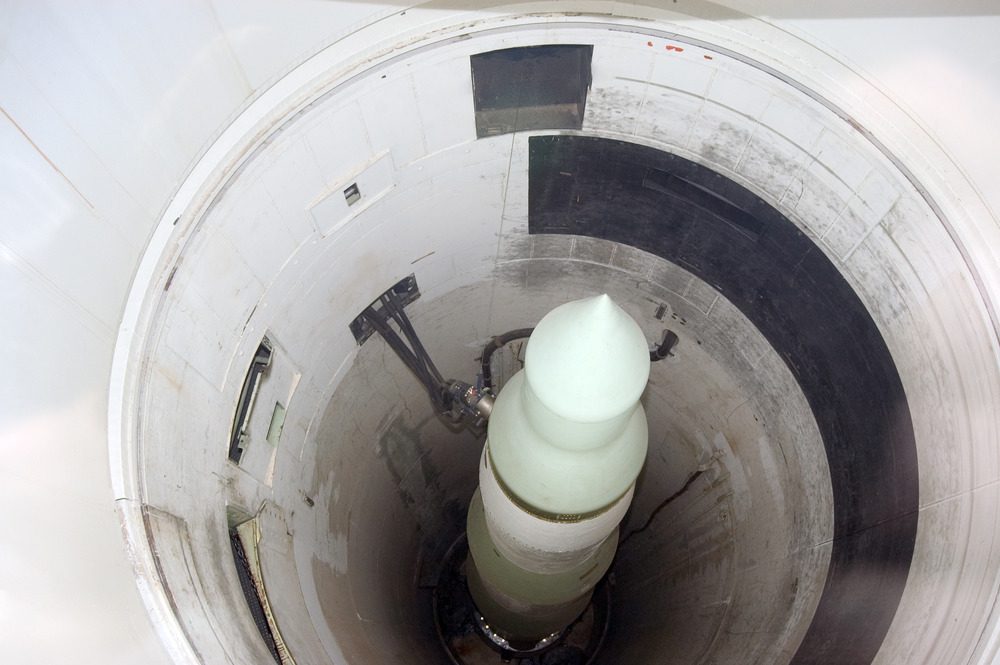
Although calls for a nuclear build-up in response to Russia’s and China’s enlarged capabilities are dominating the debate, they risk repeating another dangerous arms race.
If we are to believe the nuclear hawks, the United States is at a perilous crossroads. China and Russia are expanding their nuclear arsenals and pouring resources into making them more survivable, accurate, and lethal. Beijing is on pace to triple its nearly 500 warheads by 2035 and has, under Xi Jinping’s watch, constructed three new fields to house intercontinental ballistic missiles. In Moscow just last month, Vladimir Putin boasted that Russia’s nuclear triad is fully modernized and “more advanced” than America’s.
This has predictably set off alarms in Washington.The Pentagon projects that “by the 2030s, the United States will, for the first time in its history, face two major nuclear powers as strategic competitors and potential adversaries.” Republican Senator Tom Cotton insists China alone will achieve “nuclear overmatch” by the end of the decade. A study group convened by the Lawrence Livermore National Laboratory and a bipartisan group of experts on the Congressional Strategic Posture Commission both warned last year that the United States will soon be outgunned by the combined strength of Beijing’s and Moscow’s nuclear arsenals.
The recommendations of these harbingers of doom vary in detail, but the thrust is usually the same: There is an urgent need to get serious about counterforce—the offensive capabilities and targeting policy that would allow the United States to destroy an enemy’s nuclear weapons and limit the damage it takes in a nuclear exchange. To maintain its nuclear advantage, they say, America will need to increase the size of its arsenal and field new types of weapons. As one member of the commission, Matthew Kroenig, asserted, quoting John F. Kennedy, “America needs to be second to none.”
The decision to quote Kennedy was unwittingly ironic, as his example is contrarily instructive today. JFK came to office promising he would close the supposed “missile gap” with the Soviets. Anxieties sparked by the Soviet Union’s first successful test of an intercontinental ballistic missile and the launch of Sputnik in 1957 combined with distorted press coverage to form the impression that the United States lagged far behind the Soviets in long-range missile capability. Once in office, President Kennedy was surprised to discover that America was actually in the lead. However, he went ahead with his planned defense build-up anyway, deploying a counterforce strategy justified by the apparent necessity of hedging against the possibility of any military imbalance.
…

Lucas Robinson is a senior research associate and digital media manager at the Institute for Global Affairs.
More from Lucas
This post is part of Independent America, a research program led out by Jonathan Guyer, which seeks to explore how US foreign policy could better be tailored to new global realities and to the preferences of American voters.



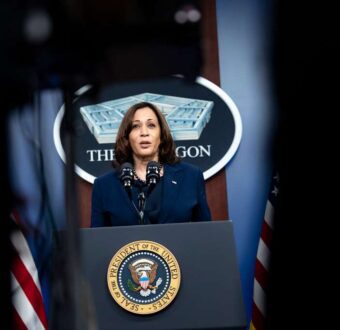
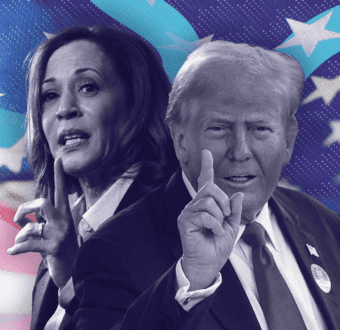


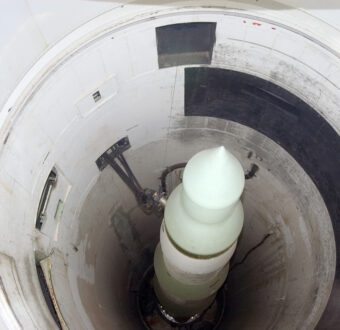

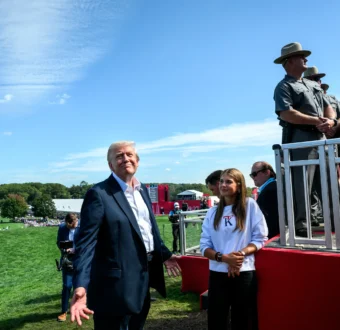
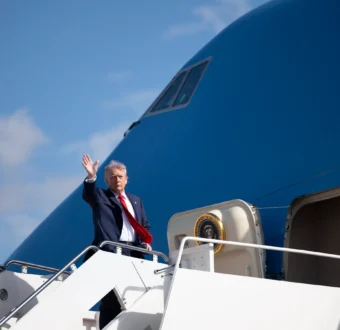



Western Europeans Are Hedging on a Post-US NATO